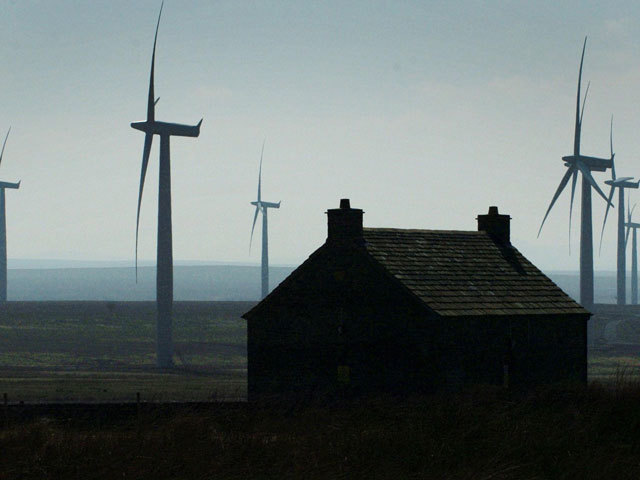
Government-backed plans to build hundreds of wind turbines on the Northern and Western Isles will lose £700million, it has emerged.
Energy Secretary Ed Davey announced last month the islands could be in line for scores of new windfarm schemes after the UK Government confirmed plans to offer special incentives.
He hopes to offer green energy projects on Orkney, Shetland and the Western Isles a higher subsidy than those given on the mainland.
However, last night it emerged that the plans will cost up to £900million – but only make £200million back.
The figures are contained within the UK Government’s own impact assessment of the project. The scheme is already under fire from campaigners, who claimed turbines were killing rare birds, and that the benefits of windfarms were being exaggerated.
Mr Davey has proposed a “strike price” of £115 per MWh generated from onshore wind, which is more than the £100 offered in the rest of the country.
It will be the first time a different rate has been given to a particular area, and is expected to pave the way for many new turbine developments in the Northern and Western Isles.
A study commissioned this year by the UK and Scottish Governments showed major investment – and the potential for 10,000 jobs from investment in wind, wave and tidal energy schemes – was being held back because of the high cost of transmitting electricity.
Mr Davey confirmed the new strike price, due to be finalised in December, during his speech at the Lib Dem conference in Glasgow last month.
Since then, a full economic assessment carried out by the Department for Energy and Climate Change (Decc) has confirmed that the scheme will lose £700million.
A spokesman for Decc said the government’s stake will be about £80million – not the full £900million. Nevertheless, Scottish Renewables has welcomed the subsidy plan.
But Kevin Learmonth, a campaigner against the 103 turbine Viking Energy windfarm planned for Shetland, said: “It’s not the government paying these subsidies, it’s going to be consumers.”
Recommended for you
